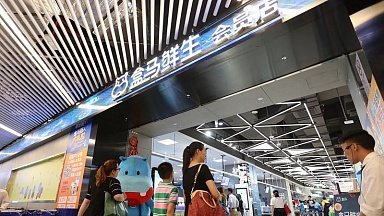International transport corridors (ITC) are designed to overcome objective physical, economic and political restrictions on the way of commodity flow through establishment of a predictable and transparent operational environment for shippers and consumers of their services. As they connect spaces, transport corridors are considered particularly important on the territory of Eurasia, where states are challenged with their continental location. ITCs are also a point of economic growth, since they connect regions, attract investments and allow countries deriving a benefit from cargo transits across their territories.
In the context of rapid development of various latitudinal routes in the East — West direction (China — EU), particularly of the Eurasian transit route through Kazakhstan, Russia and Belarus, greater attention is paid to development of complementary meridional corridors. The North — South Corridor is one of the vital historical corridors that link Europe and Russia with Iran and South Asian countries. Despite the early start (in accordance with the intergovernmental agreement, a decision was made to set up the North — South ITC in 2000 already), the corridor faced some fundamental restriction that hindered its development.
The North — South ITC is currently a set of logistically unrelated routes united under the shared title of the North — South ITC. Yet, all the countries along the route are interested in fulfillment of its transit potential, though there are also their own interests coming from flow pulling. Though efforts of states are often poorly coordinated, availability of their own development plans, update and expansion of the corridor infrastructure, including railroad one, has been already changing the competitive landscape and geography of commodity flows.
However, its trade that remains the major barrier leading to restrictions associated with a cargo base. While the cargo flow from India to Russia has some containerization potential coming from deliveries of pharmaceutical products and food industry products, the backward flow largely comprised of raw commodities, i. e. liquid bulk cargos and bulk loads, presents a problem of deadheading backwards.
However, gradual, though multidirectional, development of infrastructure along the route, Russia’s aspiration to create a uniform operator (which was voiced in 2020), India’s inevitable development as one of the critical economic poles of the modern world, these factors tell that it is crucial to estimate possible ways of linking Northern latitudinal routes in the East — West direction to the North — South ITC.
More details are available in the full version.




